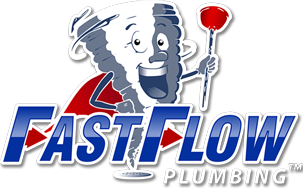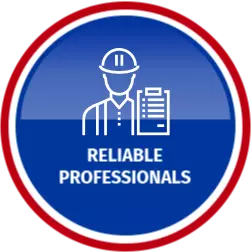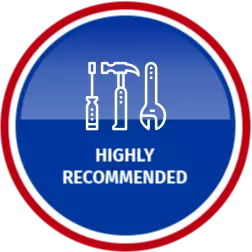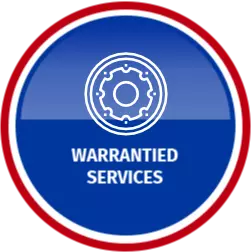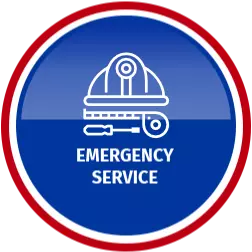Spring brings warmer temperatures, blooming flowers, and unfortunately, heavy rain. While the fresh rainfall is great for your lawn and garden, it can put a serious strain on your home’s sewer system. Excess water from storms can overwhelm sewer lines, cause backups, and lead to costly repairs. In this blog, we’ll explore how spring rain affects your sewer system, the warning signs of sewer problems, and how trenchless repairs can provide a long-lasting solution without tearing up your yard.
1. Why Heavy Rain Puts Stress on Your Sewer Line
During spring, increased rainfall saturates the ground and seeps into sewer pipes. While your sewer system is designed to handle wastewater from your home, it isn’t built to manage excessive rainwater. When the ground becomes overly saturated, the excess water can infiltrate your pipes, leading to serious problems.
Here’s how spring rain can impact your sewer line:
- Overloaded Sewer Systems – City sewer systems can become overwhelmed during heavy storms, causing backups into homes.
- Excess Groundwater Infiltration – Cracked or aging sewer pipes allow groundwater to seep in, increasing pressure inside the pipes.
- Tree Root Growth – Tree roots seek out moisture and can expand into sewer lines, causing blockages.
- Shifting Soil and Pipe Damage – Saturated soil can shift underground pipes, leading to misalignments or cracks.
Without proper maintenance, these issues can lead to slow drains, foul odors, and even full sewer backups inside your home.
2. Signs That Your Sewer Line Is Struggling After Heavy Rain
If your sewer system is struggling to handle spring rain, there are several warning signs to watch for. Catching these issues early can help prevent costly repairs.
Common signs of a sewer problem after heavy rain include:
- Slow-draining sinks, tubs, or toilets – If multiple drains in your home are slow, it may indicate a sewer backup.
- Gurgling noises from pipes or drains – Trapped air in your plumbing system can signal a blockage in your sewer line.
- Foul sewage odors – A strong sewage smell around your drains or yard could mean wastewater is backing up.
- Soggy or sunken patches in your yard – Wet spots or sinkholes in your lawn may indicate a leaking or broken sewer pipe.
- Toilets bubbling or not flushing properly – If your toilet gurgles or backs up after it rains, excess water may be overwhelming your sewer line.
If you notice any of these issues, it’s important to take action before a full sewer backup occurs.
3. How Trenchless Repairs Can Fix Sewer Line Issues Without Digging Up Your Yard
Traditionally, repairing a damaged sewer line meant digging a long trench across your yard, destroying landscaping, driveways, and sidewalks in the process. Thankfully, trenchless repair methods provide a smarter, less invasive solution.
Trenchless repair options include:
- Pipe Lining – A flexible liner coated with epoxy is inserted into the damaged pipe, sealing cracks and preventing further water infiltration.
- Pipe Bursting – If a sewer pipe is severely damaged, this method replaces it by pulling a new pipe through the old one, eliminating the need for excavation.
- Hydro Jetting – High-pressure water is used to clear tree roots, debris, and buildup inside sewer pipes, restoring full drainage capacity.
Trenchless repairs are faster, less invasive, and more cost-effective than traditional excavation methods. Fast Flow Plumbing specializes in trenchless sewer solutions, helping homeowners restore their sewer systems without major disruption. Learn more about our trenchless repair services here: Fast Flow Plumbing Services.
4. Preventative Maintenance to Protect Your Sewer Line from Spring Rain
While trenchless repairs can solve major sewer problems, taking preventative steps can help you avoid issues in the first place. Here’s how you can protect your sewer system from heavy spring rains:
- Schedule a Sewer Camera Inspection – A professional plumber can inspect your pipes with a small camera to identify cracks, blockages, or misaligned sections before they cause major problems.
- Clean Your Drains Regularly – Removing debris and grease buildup can prevent clogs that may worsen during heavy rains.
- Maintain Your Sump Pump – If you have a basement, ensure your sump pump is working properly to prevent flooding.
- Address Tree Root Intrusion Early – If you have trees near your sewer line, consider root barriers or hydro jetting to clear roots before they cause major blockages.
- Check for Sewer Line Leaks – If your yard has unexplained wet spots or patches of extra-green grass, have a plumber check for underground leaks.
Taking these preventative steps can help keep your sewer system running smoothly all season long.
5. When to Call a Plumber for Sewer Line Repairs
If you experience frequent sewer backups, slow drains, or any of the warning signs mentioned earlier, it’s time to call a professional plumber. Sewer issues tend to worsen over time, leading to costly repairs and potential health hazards if not addressed promptly.
Fast Flow Plumbing offers expert trenchless sewer repair services in Lexington, KY, and surrounding areas. Whether you need a camera inspection, hydro jetting, or a full sewer line replacement, our team can provide a solution that minimizes damage to your property.
Call (833) 875-8945 to schedule a sewer inspection today.
Visit our website: Fast Flow Plumbing
Find us on Google Maps: Fast Flow Plumbing Location
Don’t wait for a major sewer backup to disrupt your home. Take action now to protect your plumbing system from heavy spring rains.
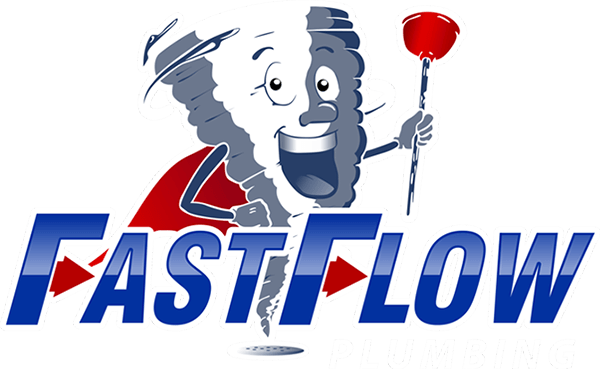
Start with a Free Estimate
From trenchless services and drain cleaning to routine inspections and urgent plumbing repairs, Fast Flow Plumbing is your one-stop source. When you reach out to us, we'll happily provide a free, accurate estimate. Contact us today for A+ service from our team.
